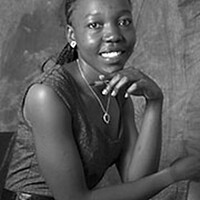Why the plume of Enceladus is surprising NASA scientists
Loading...
A flyby of Enceladus earlier this week by NASA's Cassini spacecraft sent back several new images of the moon after plunging through a geyser of water and other particles shooting out of the cold moon's surface.
Though the flight though the mysterious particles lasted only tens of seconds, as Cassini raced along at about 19,000 miles per hour, the spacecraft captured stunning images of the strange world and data about its chemical composition.
Detailed analysis of the samples of the gas and dust from the plume could answer whether the ingredients for life can exist this far out in the solar system, about 10 times as far from the sun as the Earth is.
Earlier this year, Cassini data revealed a global ocean beneath the icy crust of Enceladus, suggesting the moon might have the capacity to support life. Among the goals for the latest flyby is to determine how life-friendly that ocean is.
"Cassini’s instruments do not have the capability to detect life itself," said Cassini project scientist Linda Spilker, to NASA's magazine Astrobiology. "Those instruments can, however, make powerful measurements about the ocean and its potential habitability."
Earl Maize, Cassini’s deputy program manager at NASA’s Jet Propulsion Laboratory, explained further the probe’s abilities.
"Cassini has instruments that are capable of detecting complex organic molecules," Maize told the magazine. "However, the instruments are not capable of determining whether the processes are biological or geological."
Enceladus is a tiny moon, measuring just 300 miles in diameter. (If Earth's moon were the size of a basketball, Enceladus would be the size of an apricot.) Despite its small dimensions, it is one of the few places our solar system known to have water present, raising an intriguing prospect for life outside Earth.
"If [life] arose twice in one solar system, the implications for ... the universe as a whole are profound," said Curt Niebur, Cassini’s program scientist, during a press briefing.
Since 2004, Cassini has looped around Saturn and its many moons. The small satellite will buzz by Enceladus just once more, on Dec. 19, 2015, before ending its mission with a plunge into Saturn's atmosphere in 2017.








